Leveraging cutting-edge technology, New Delhi is advancing hypersonic capabilities to cement its place among the world’s ballistic leaders
Speaking at an event in Bengaluru last Sunday, Indian Air Force (IAF) Chief Marshal A.P. Singh disclosed new details about India’s strikes against Pakistan during their unprecedented standoff in May this year. For the first time since the conflict, Singh publicly confirmed that the IAF had shot down five Pakistani fighter jets, along with a large airborne platform – possibly an ELINT (Electronic Intelligence) or AEW&C (Airborne Early Warning and Control) aircraft – from a distance of about 300km.
The IAF chief described it as “the largest-ever recorded surface-to-air kill that we can talk about.” Singh also highlighted the deterrent power of the S-400 air defense system and the precision of BrahMos supersonic cruise missiles, which he said played a game-changing role in the conflict.
Weeks before Singh made these revelations, media reported that the Defense Research and Development Organization (DRDO), India’s primary agency for developing weaponry, has given a devastating upgrade to country’s longest range ballistic missile – Agni-V. The missiles will reportedly carry a massive 7,500kg conventional warhead and will have a bunker-buster capability to achieve penetration through a combination of high mass, hardened casings, and advanced guidance systems.
The US has used the GBU-43/B Massive Ordnance Air Blast bomb, also referred to as the “Mother of All Bombs,” in Afghanistan. More recently it struck Iranian nuclear facilities, including the key Fordow site, with 14 GBU-57s, 30,000-pound “bunker buster bombs.”
Russia possesses the powerful “Father of All Bombs” (FOAB), a thermobaric weapon weighing 7,100kg with a blast effect comparable to a small nuclear weapon. China unveiled a weapon similar to America’s GBU-43/B in 2019. The Chinese bomb is smaller and lighter than the US one, enabling it to be deployed on the H-6K bomber.
India has been working to accelerate its own efforts to develop advanced bunker-buster capabilities as both its neighbors, Pakistan and China, maintain fortified command centers.
India’s Guided Missile Development Program
In the aftermath of the 1962 war with China and the 1965 and 1971 wars with Pakistan, India recognized the need for self-sufficiency in critical military hardware to support national security objectives. Missiles which featured prominently in these conflicts were primarily imported ones. In the early 1980s, India started an indigenous comprehensive missile development effort under the leadership of Dr APJ Abdul Kalam. It culminated in the operational Agni and Prithvi class surface-to-surface ballistic missiles conferring credible deterrence ability.
Having achieved its self-reliance goals, the program was discontinued in 2008. The specific weapons programs continued. Agni missile series, Prithvi missiles, Indo-Russian developed BrahMos missiles, and Akash medium-range mobile surface-to-air missile (SAM) systems are now integral to national security management. Below, we’ll look at some of the most advanced missiles currently in service with the Indian military, as well as those being tested for future deployment.
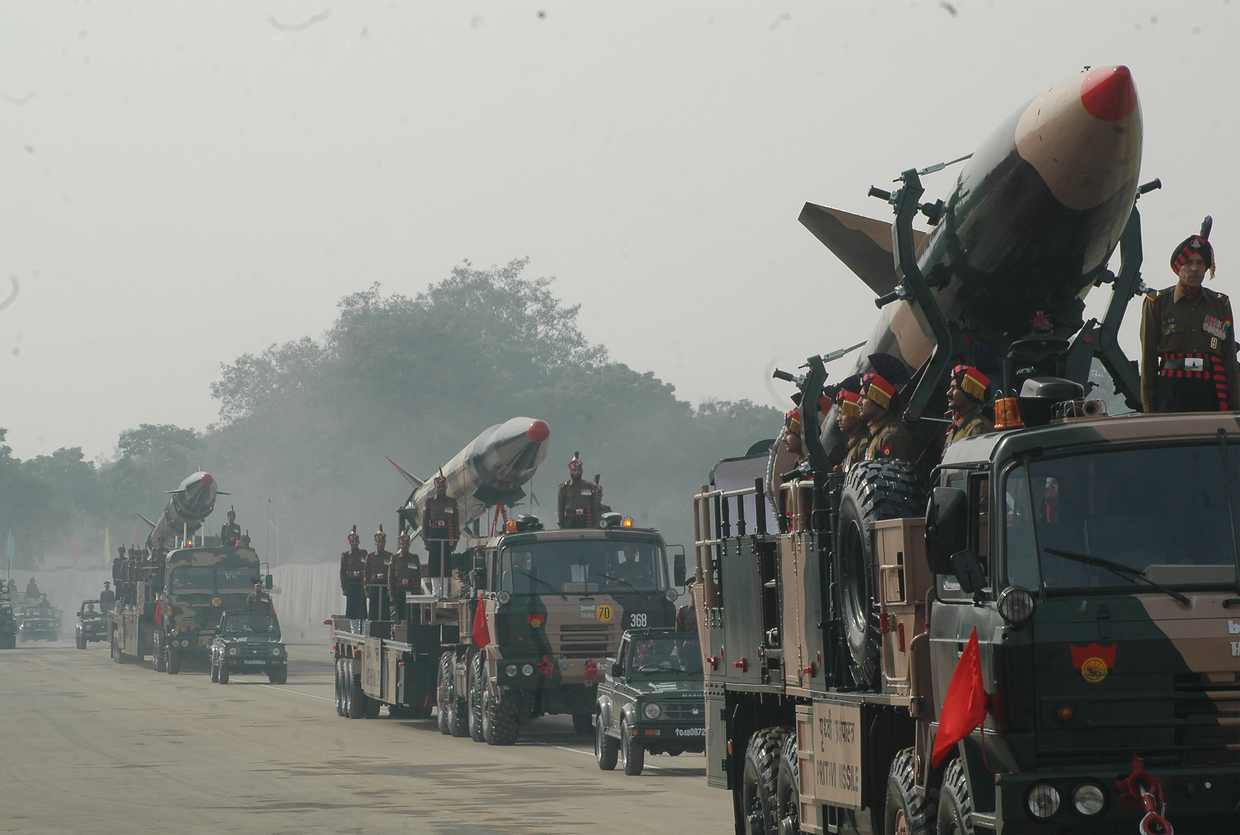
© Sondeep Shankar/Getty Images
Prithvi missile series
The Prithvi series are short-range surface-to-surface missiles (SSM) with varying range and a choice of conventional or nuclear payloads of different capacities are operational. These include Prithvi-I with 150km range and a 1,000kg high-explosive nuclear warhead; Prithvi II with a 750kg nuclear or conventional warhead and 350km range; the two-stage Prithvi III has a max range of 750km with a 250kg warhead, or 650km with a 500kg warhead.
Dhanush is the naval variant of the Prithvi III missile, which can carry up to 500kg-1,000kg for a strike range of 350km. The submarine version is named Sagarika.
Akash missile
The Mach 2.5, 720kg, Akash is a medium-range surface-to-air missile capable of intercepting up to a range of 30km. It is in operational service with the Indian Army and the Indian Air Force.
The Akash Prime missile is equipped with an indigenous active radio frequency seeker giving it a 360-degree engagement capability with higher accuracy. Akash (New generation) “Akash-NG” will have an improved reaction time against saturation attacks. The overall range will go up from the current 30km to 70-80km.
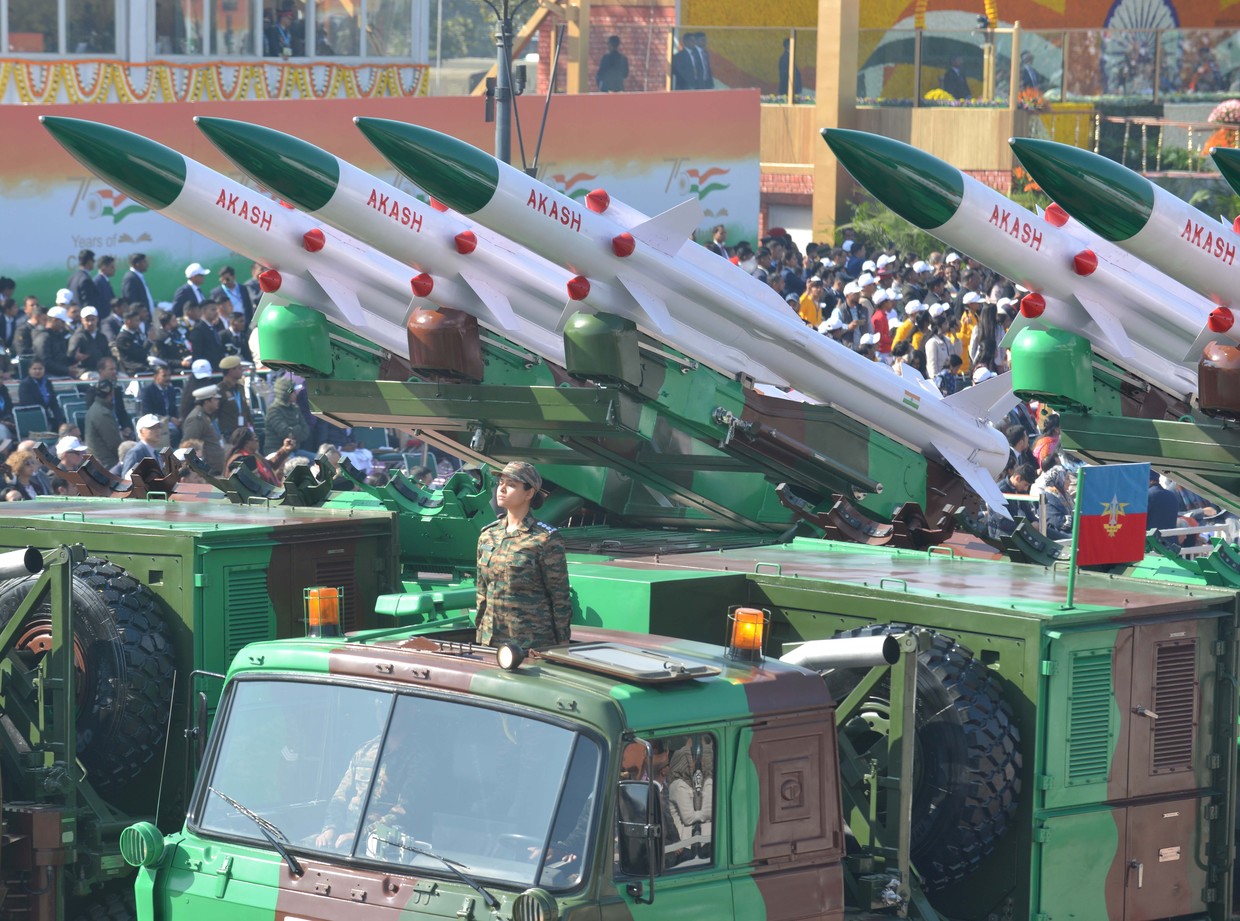
© Imtiyaz Khan/Anadolu via Getty Images
Agni series
The Agni series of missiles are surface-to-surface ballistic missiles that can carry nuclear as well as conventional payloads. There are currently six operational missiles. Agni-1 can carry conventional or nuclear warheads of up to 1,000kg to 1,200km. Agni-IV is a long-range ballistic missile that can carry a 1,000kg warhead to 4,000km. It has a multi-stage composite rocket motor with solid-fuel propellant that can take it to 900km altitude. The missile has seen repeated successful test launches since 2011, including many by the user, the Strategic Forces Command.
Agni-V is a land-based nuclear MIRV-capable Intercontinental Ballistic Missile (ICBM) with a range of more than 7,000km. The warhead could be 3,000-4,000kg. It is a three-stage, road-mobile, canisterised and solid-fueled ballistic missile. It is one of the fastest missiles in the world, reaching speeds up to Mach 24 (29,400kph).
The nearly 56,000kg heavy missile costs around $6 million. The development cost has been nearly $300 million.
Agni-Prime or Agni-P is a two-stage, surface to surface, canister-launched, road mobile and solid-fuel medium-range ballistic missile is the sixth in the Agni series. It is intended to be deployed in the operational service of the Strategic Forces Command. Both the first and second stage of Agni-P are made up of corrosion free composite material for the purpose of weight reduction, which was mastered during the Agni-V project. The missile can cover a maximum distance of 2000km with a 1.5 ton payload. Agni-P is primarily aimed at countering Pakistan’s forces as its range is insufficient to reach all parts of mainland China.
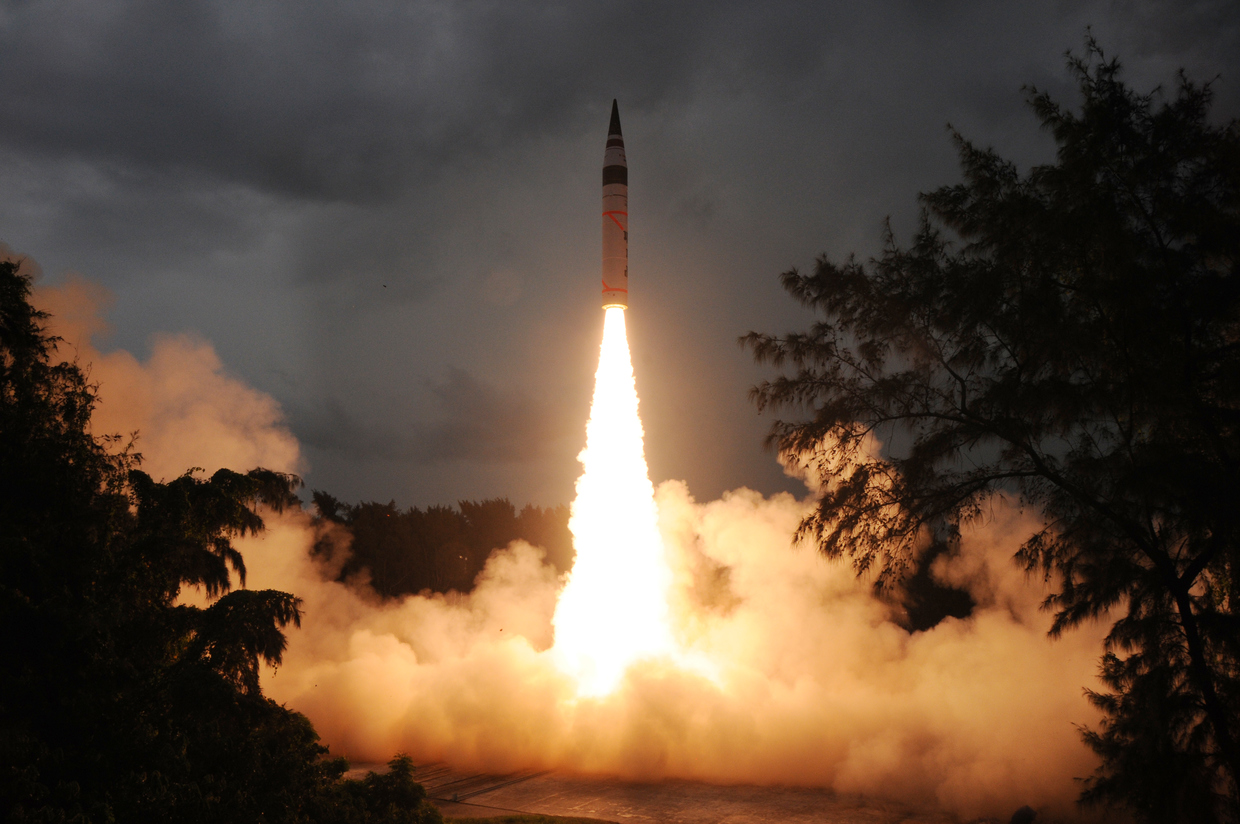
© Pallava Bagla/Corbis via Getty Images
The progress of Agni-P became a crucial part of India’s Indo-Pacific strategy to tackle China’s plan of having five or six aircraft carrier battle groups by 2035 to cover both the Pacific Ocean and Indian Ocean.
As of late June 2025, the DRDO was also developing a conventional warhead-equipped, bunker-buster variant of Agni-V. The missile would be armed with a 7,500kg warhead and will have a reduced range of 2,500km. The new variant of the missile under development will have an estimated penetration of 80-100m (260-330ft) of earth before exploding. Another air-burst variant of the missile is also planned. The re-entry speed for both missiles is expected to reach Mach 8 – Mach 20 (9,800-24,500kph).
BrahMos
The BrahMos is a long-range, ramjet-powered supersonic cruise missile that can be launched from submarines, ships, fighter aircraft or mobile autonomous launchers. It is a joint venture between DRDO and Russia’s NPO Mashinostroyeniya, which together have formed BrahMos Aerospace. The missile is based on the Russian P-800 Oniks.
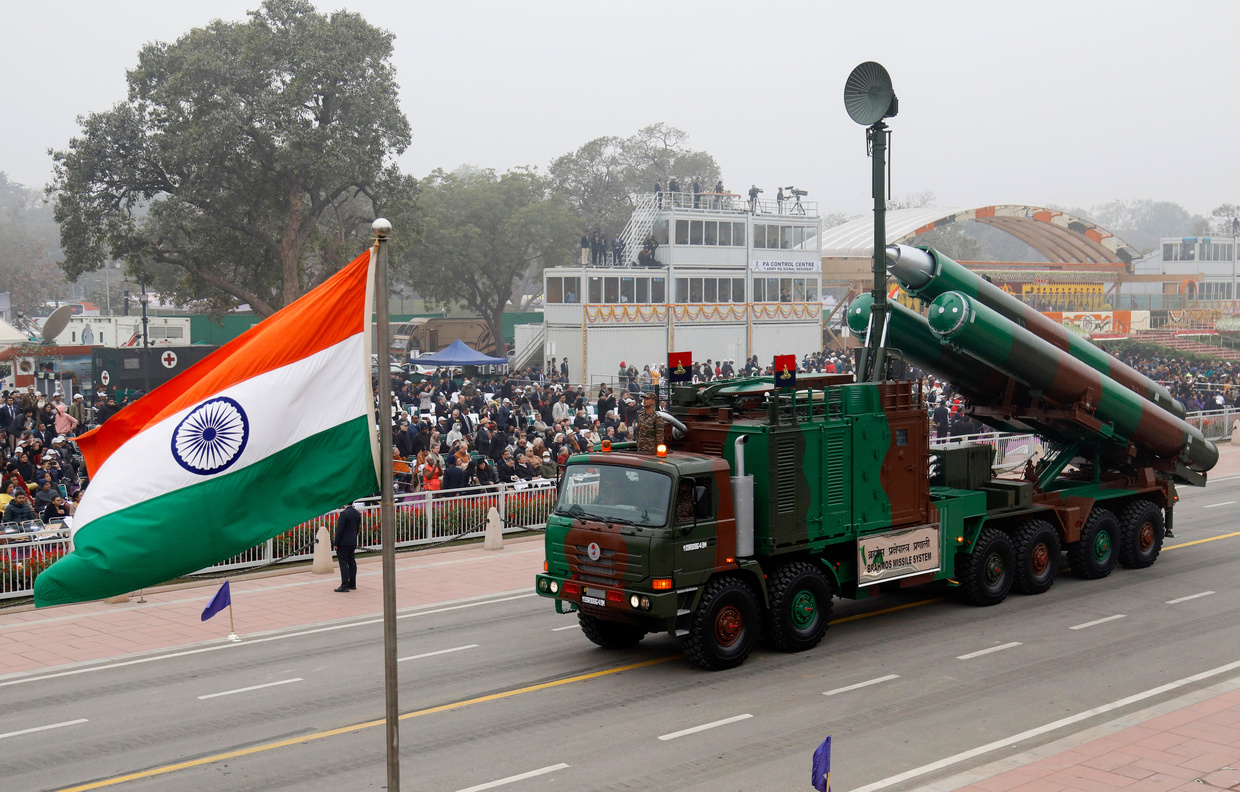
© Naveen Sharma/SOPA Images/LightRocket via Getty Images
Land-launched, ship-launched, and air-launched versions have been inducted and are in service with the Indian armed forces. Currently only the Su-30 MKI can carry the air-launched variant, but a smaller modification, the BrahMos-NG, will enable other IAF fighters – including the indigenous LCA Tejas Mark 1A – to carry it, while the Su-30MKI will be capable of carrying three BrahMos-NG missiles.
BrahMos has a range of up to 400km and is capable of reaching speeds of Mach 2.8. It utilizes a “fire and forget” principle, meaning it can lock onto a target and then be launched without further guidance. In 2016, after India became a member of the Missile Technology Control Regime (MTCR), India and Russia gradually increased the range of the missile. In 2024, India ordered 220 BrahMos extended-range missiles with 800km range. India has also supplied BrahMos missiles to Philippines and is in talks about exporting these missiles to Indonesia and Vietnam.
A hypersonic scramjet-propelled missile, to be called the BrahMos-II, will likely be developed and have similar characteristics to the Russian 3M22 Zircon. The BrahMos-II is expected to have a range of 1,500km and a speed of Mach 8. Fourth-generation multi-purpose Russian Naval destroyers (Project 21956) are also likely to be equipped with the BrahMos II. DRDO reportedly tested the scramjet combustor of Brahmos-II for over 1,000 seconds in April 2025. BrahMos-II variant was again tested on May 2025 in the Bay of Bengal where it achieved a range of 800km.
Nirbhay
Nirbhay is a long-range, all-weather, subsonic surface-to-surface cruise missile. Weighing 1,500kg, it can carry a 200-300kg conventional or nuclear warhead up to a range of 1,500km, maintaining low level using its two side wings. It is a highly mobile system. There is a vertical launch variant for warships. It is currently deployed in limited numbers on the Line of Actual Control as part of India’s standoff with China.
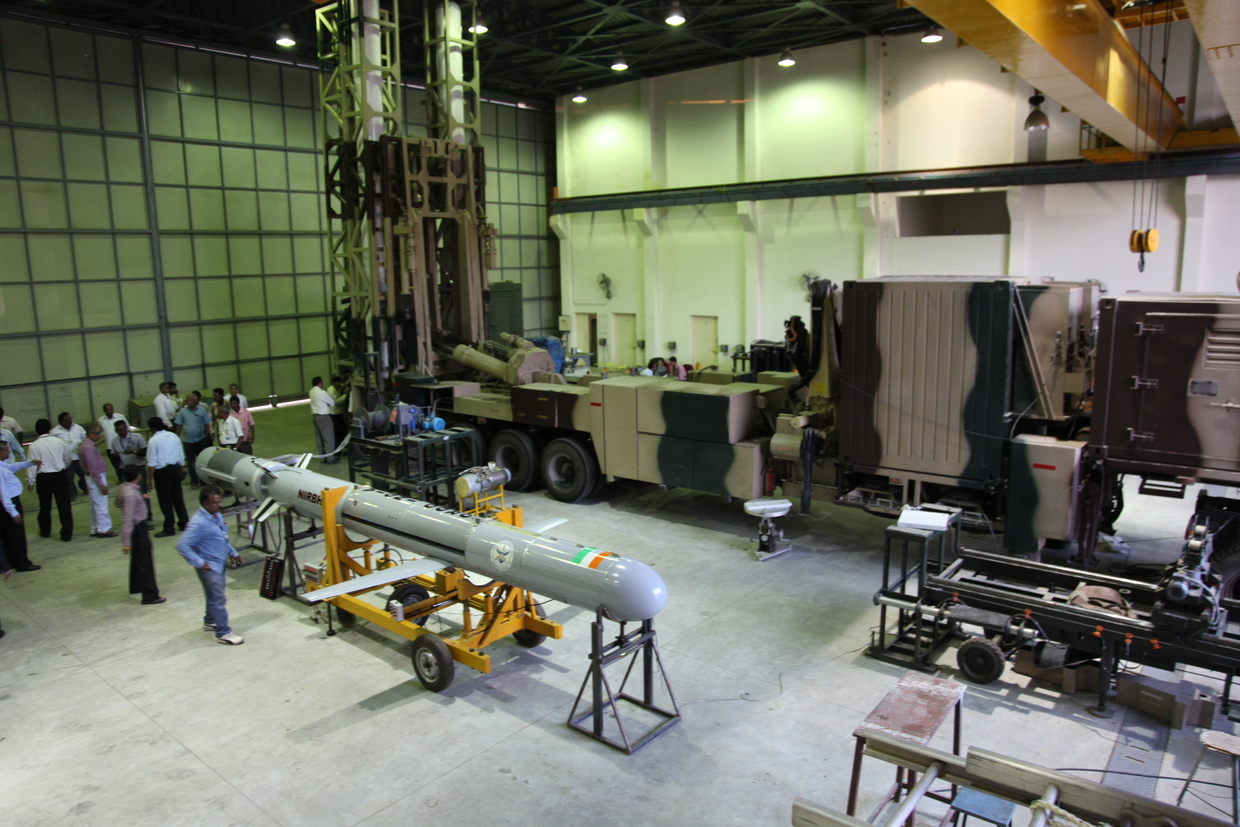
© Pallava Bagla/Corbis via Getty Images
The missile will supplement the role played by the BrahMos missile for the Indian Armed Forces by delivering warheads farther than the 450km range.
The standard Nirbhay subsonic cruise missile is powered by a Russian NPO Saturn 36MT engine. A separate air-launched variant and submarine-launched variant is under active development.
The Long Range-Land Attack Cruise Missile (LR-LACM), is a longer range variant of the Nirbhay with a range up to 1,500km. There is also a Submarine Launched Cruise Missile (SLCM) variant designed to launch from torpedo tubes of submarines with a range of 500km. There are plans to extend the missile’s range to 800km.
Way forward for stand-off weapons
The ongoing Ukraine conflict and the recent Indo–Pakistan confrontation have underscored the critical importance of stand-off weapons. Hardened strategic and high-value tactical targets must be engaged using ballistic and cruise missiles, along with deep-penetration weapons capable of striking well-defended objectives. Such systems must combine range, speed, accuracy, and lethality, while also possessing the ability to circumvent sophisticated enemy air defenses.
These weapons are costly, as they rely on cutting-edge technologies, but large inventories are essential. The impact they deliver justifies the investment. They will increasingly be supplemented by loitering munitions of various sizes and capabilities, expanding the spectrum of precision-strike options.
To maintain and strengthen India’s leading position in guided weapon systems, development is focused on advanced front-end technologies. Manoeuvrable Re-entry Vehicles (MaRVs) enhance precision and penetration, enabling missiles to defeat anti-missile systems through radical trajectory shaping made possible by jet vanes, atmospheric friction, and advanced mathematical modelling. Equally, sophisticated countermeasures – including flares, chaff, jamming warheads, and receiver saturation – will be essential to overwhelm increasingly capable interceptors by manipulating multi-spectral signatures.
Future missile systems will integrate wings and combined-cycle propulsion – scramjet/ramjet with rocket boosters – enabling sustained Mach 6–8 attack speeds. These platforms could rival ballistic missiles in range while offering the advantage of level flight, allowing for flexible mid-course manoeuvres.
India’s longer-range Agni variants will enhance operational readiness through canisterised storage, heavier payloads, advanced networking, and and regular testing of mobile missile systems capable of striking targets over 5,000km away. Continued upgrades will further strengthen deterrence. The Agni-VI intercontinental ballistic missile, reportedly under development, will be capable of launch from both submarines and land, striking targets 6,000–10,000km away, and incorporating both MIRV and MaRV technologies.
With these advancements, India is poised to cement its position as a major global missile power.
RT – Daily news


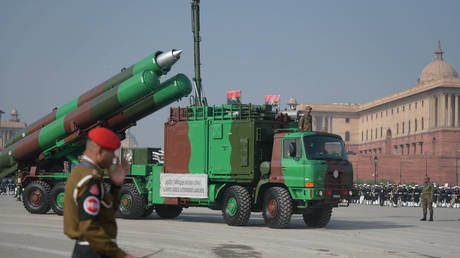


 T1
T1



